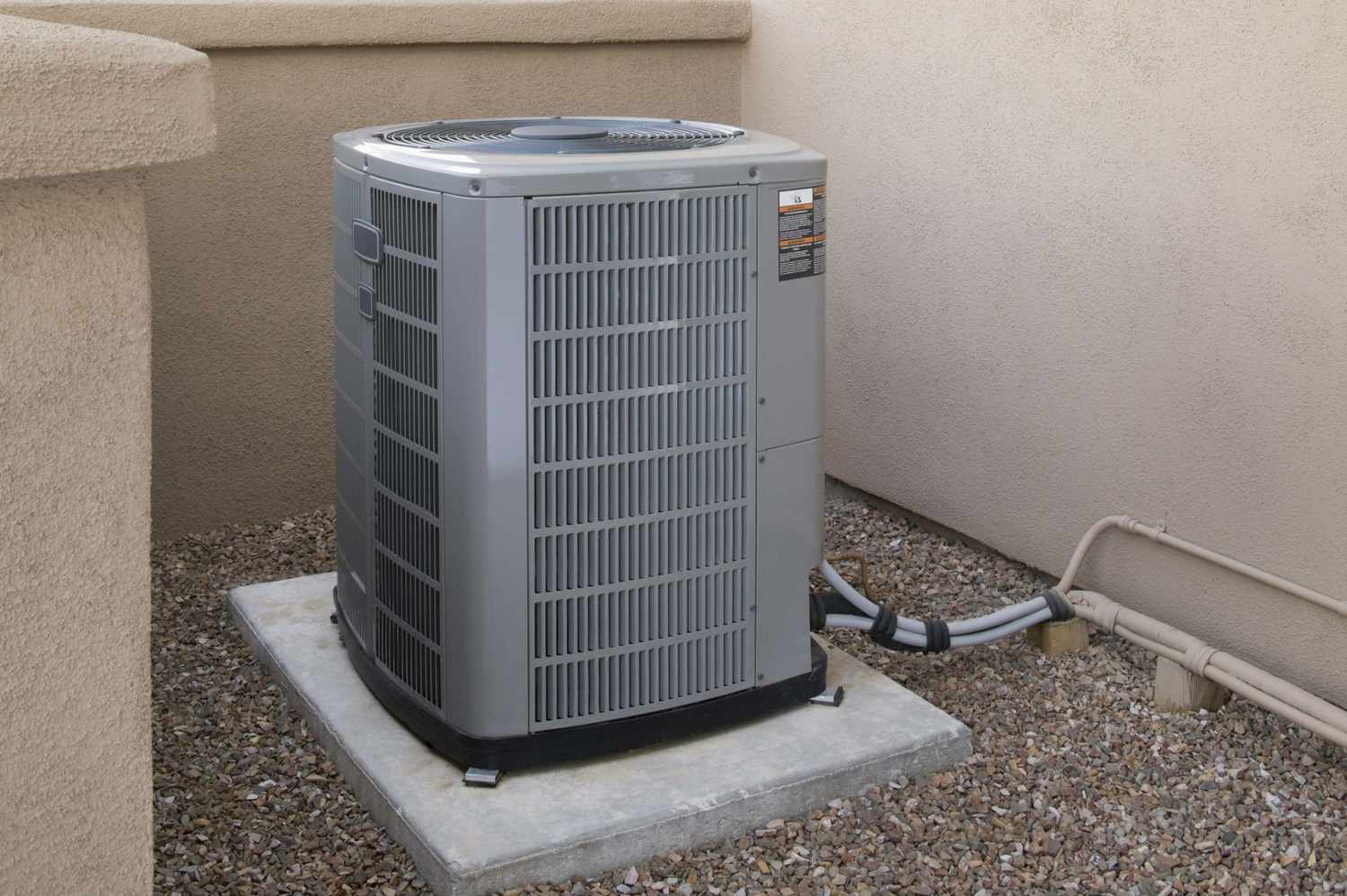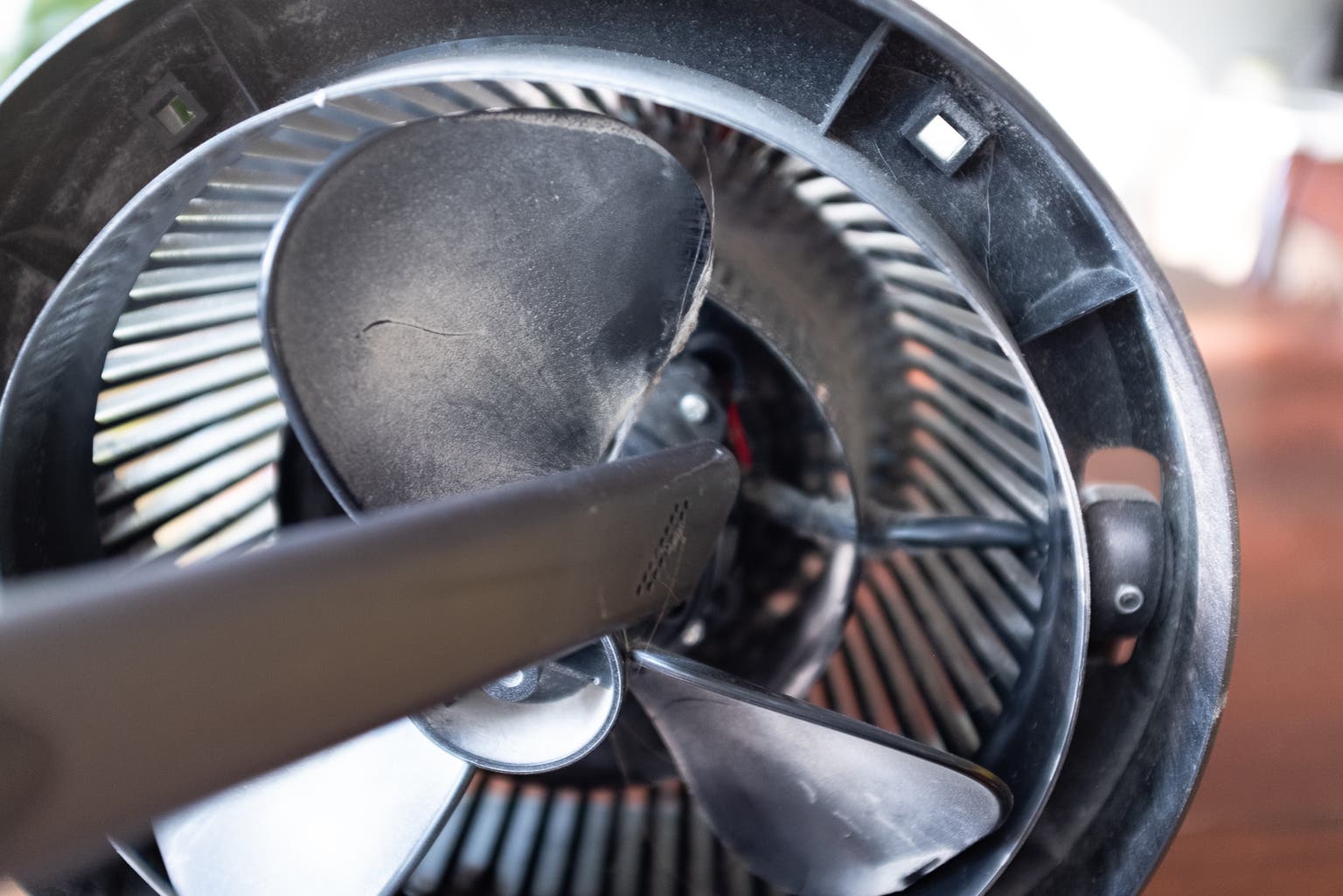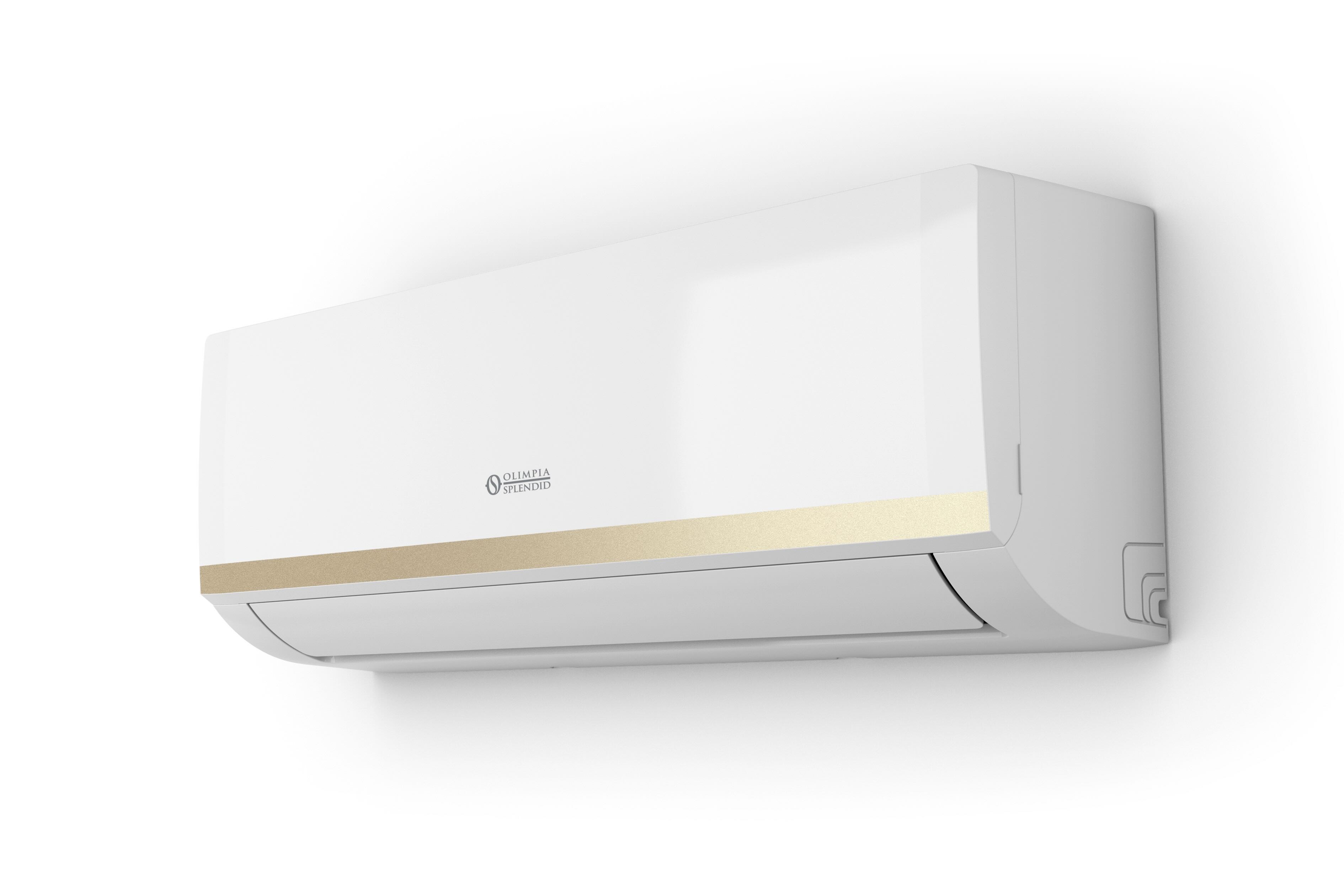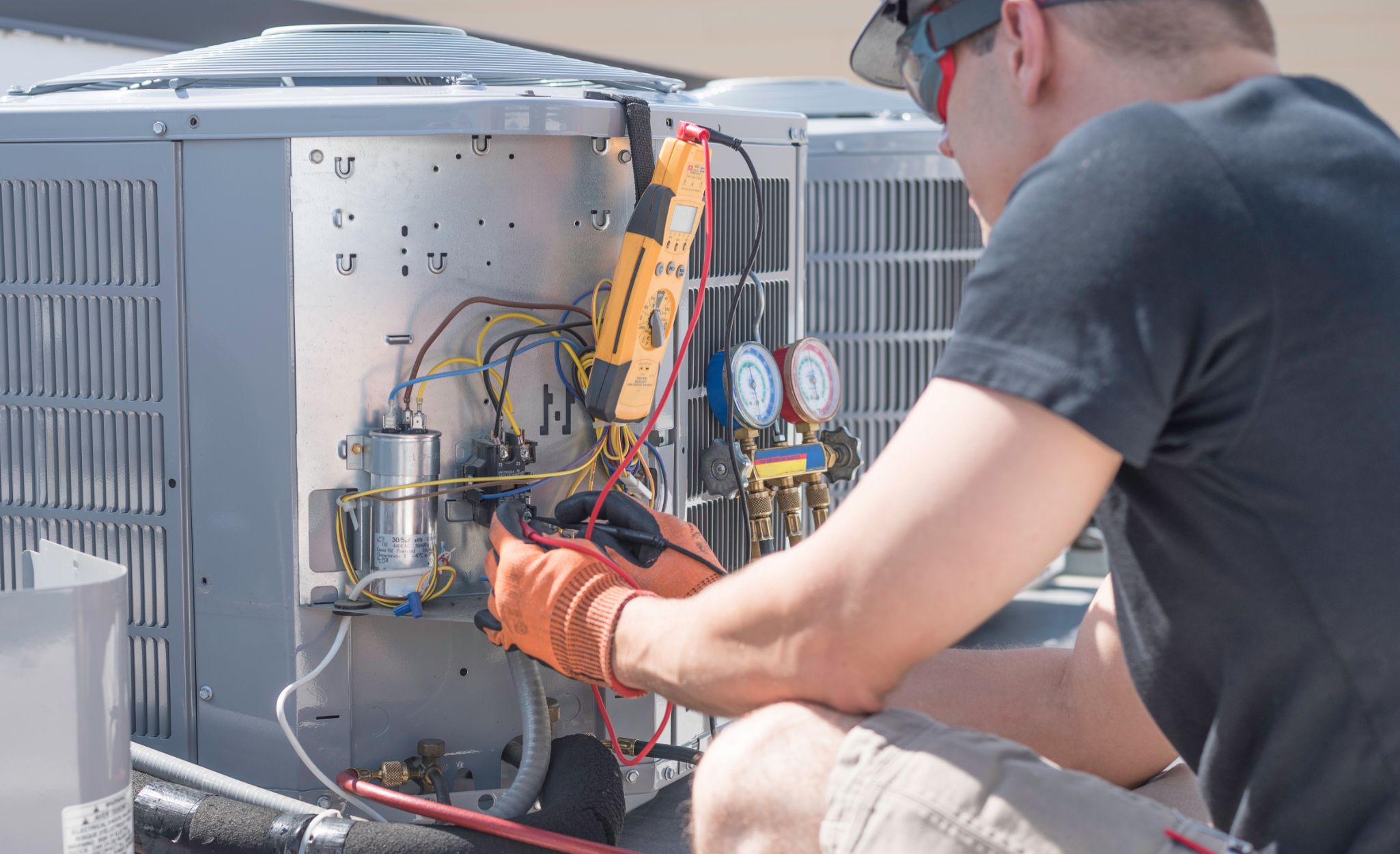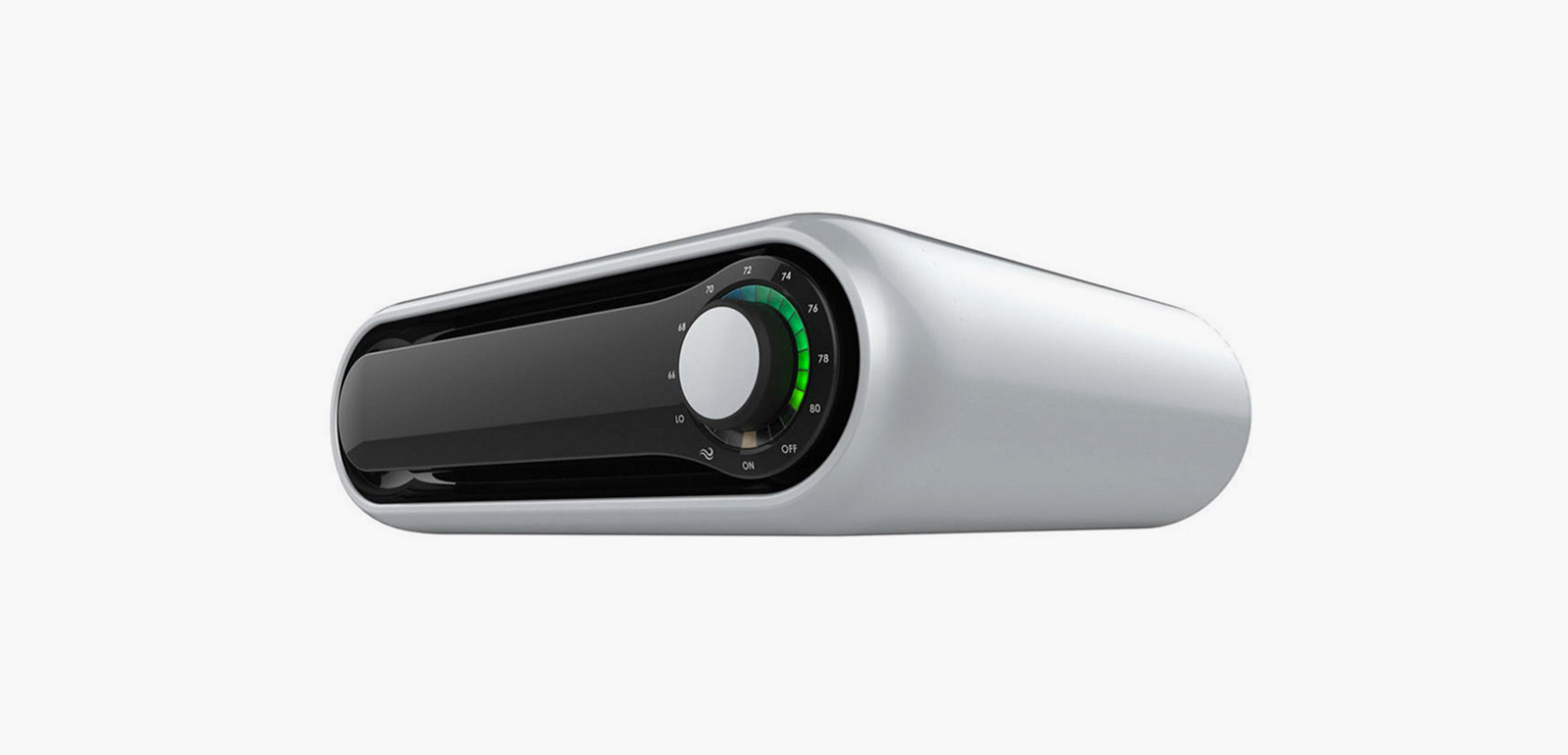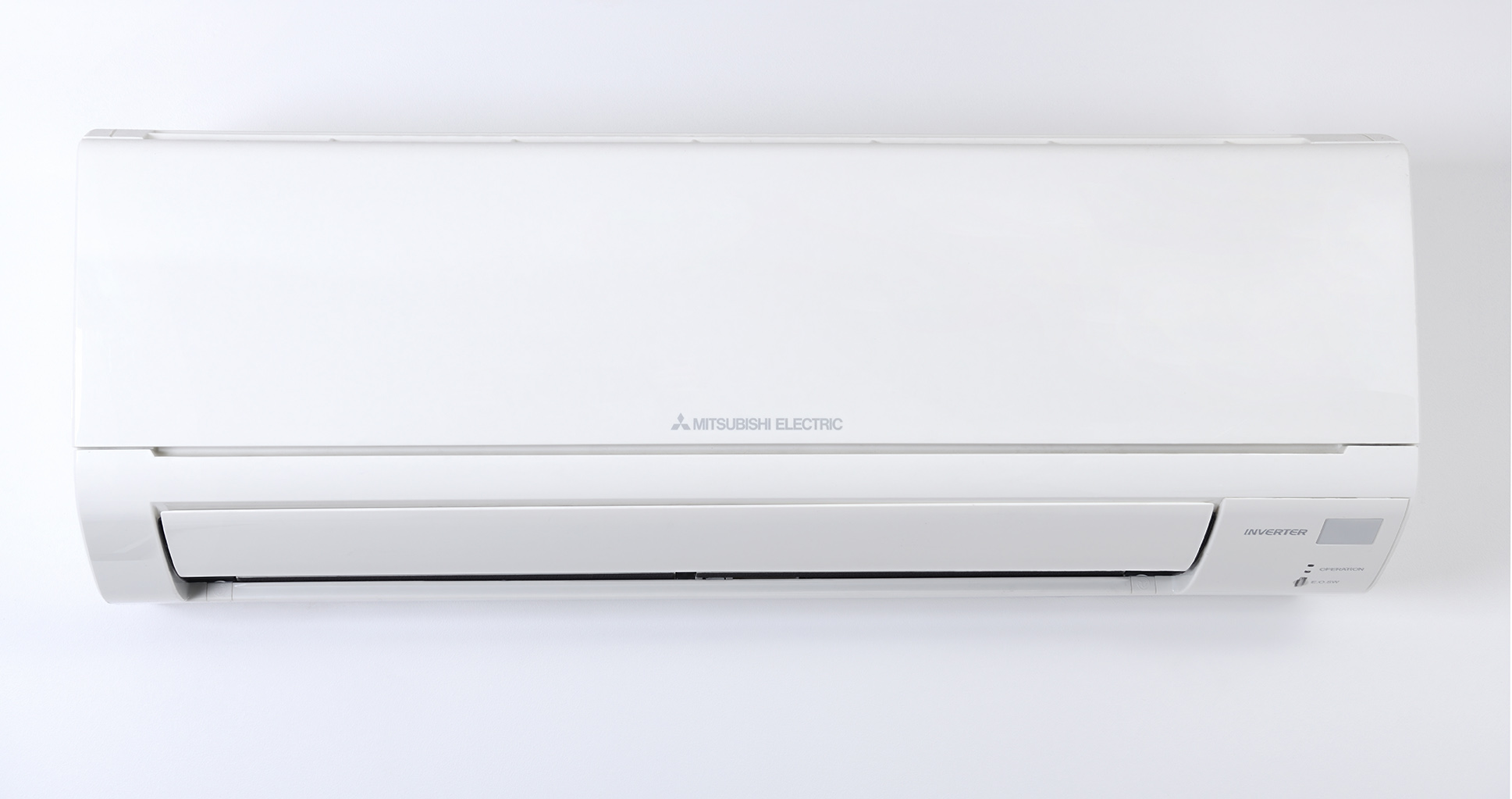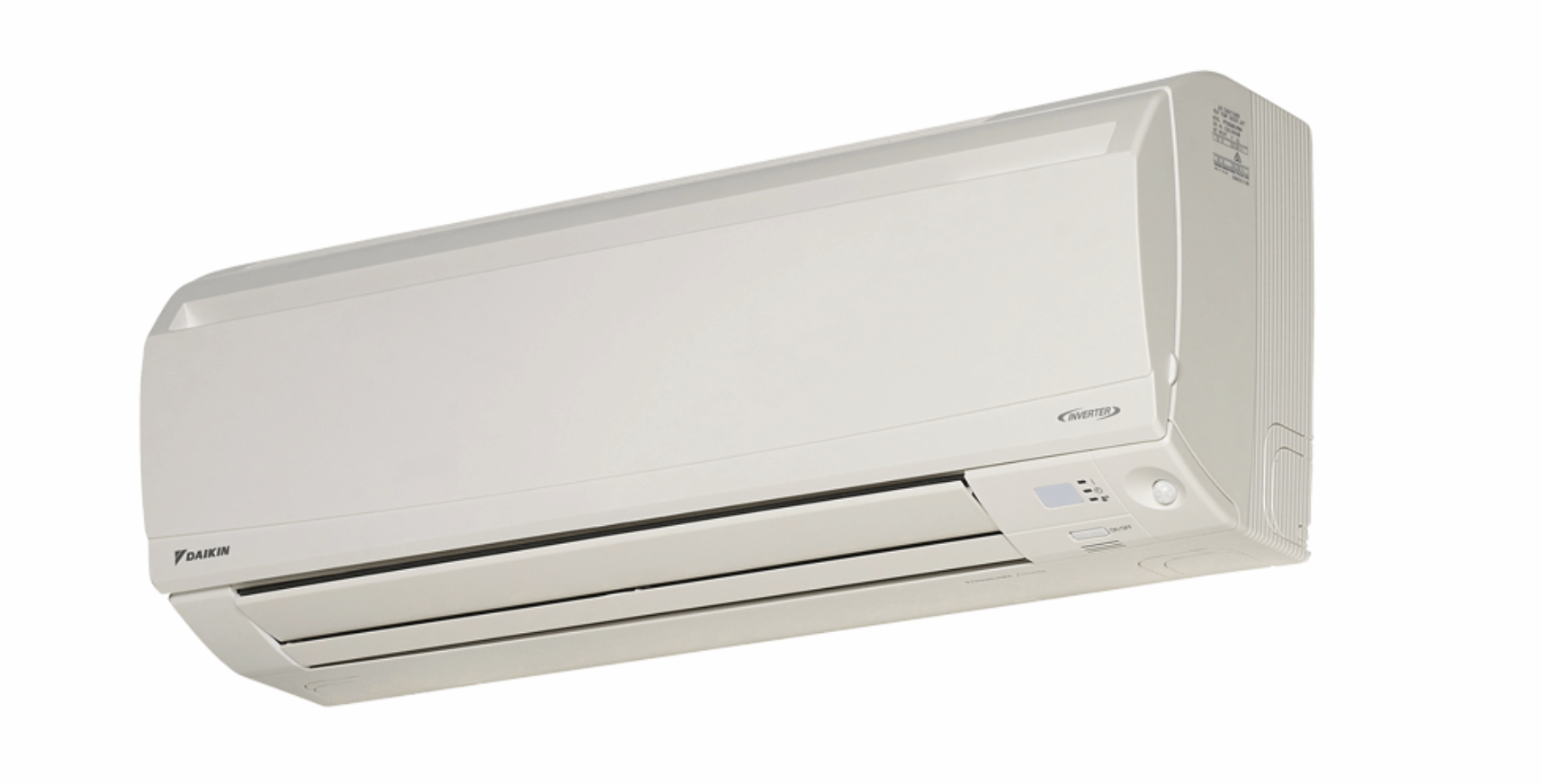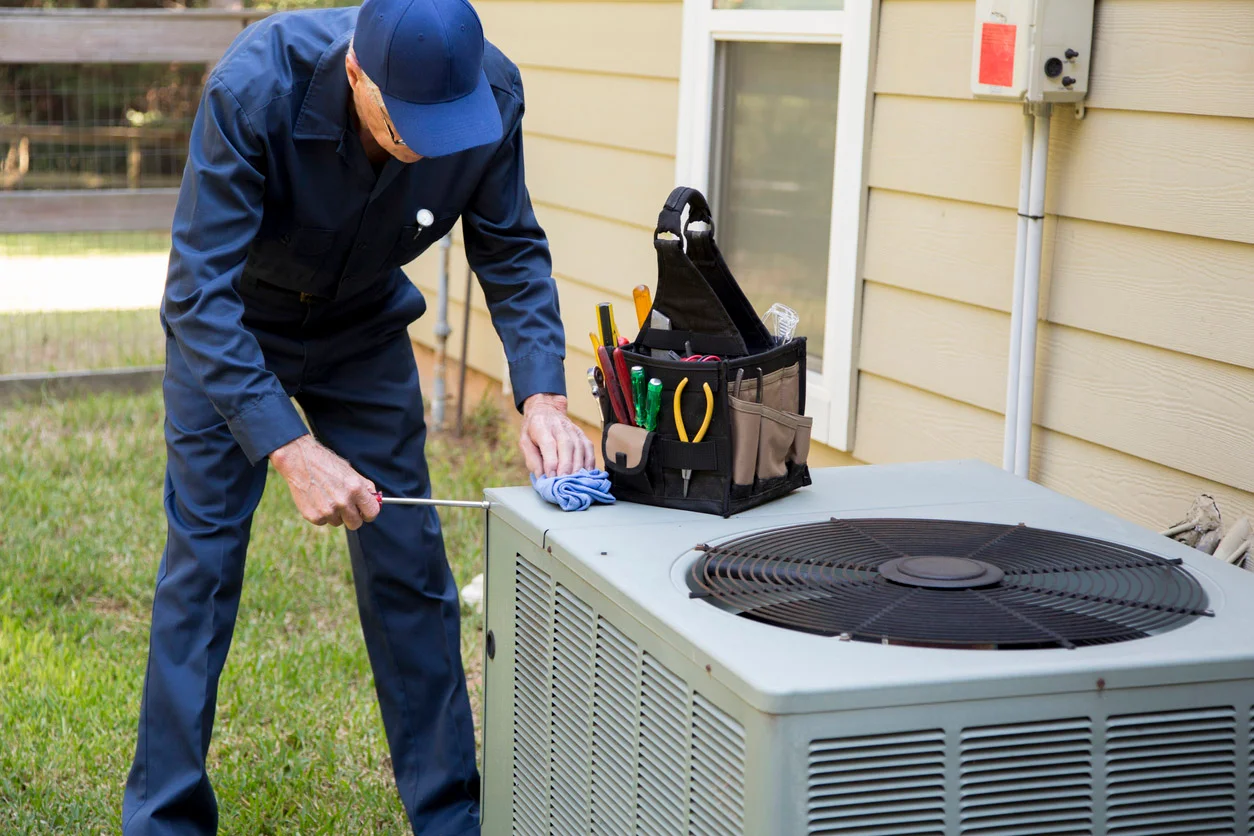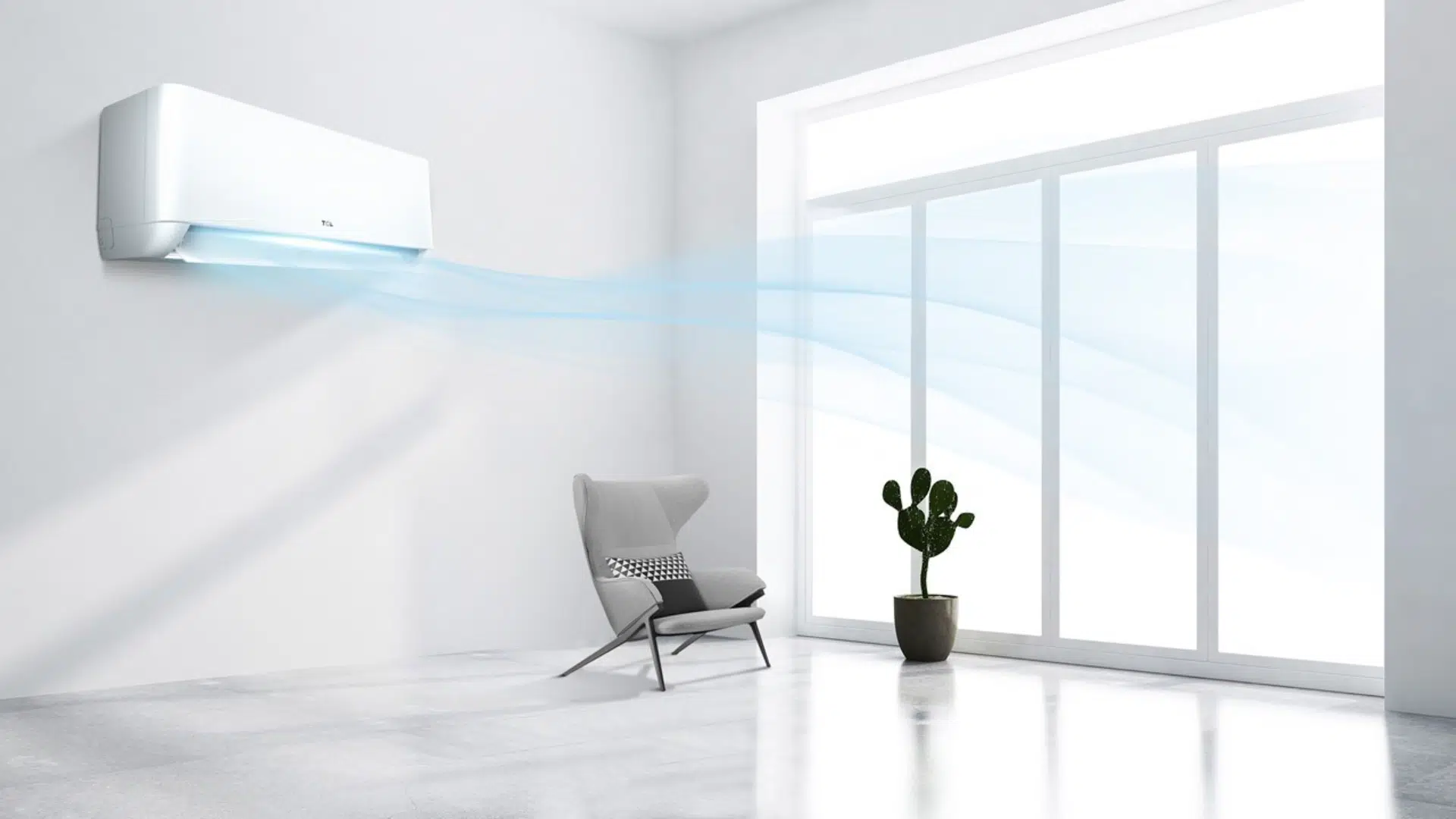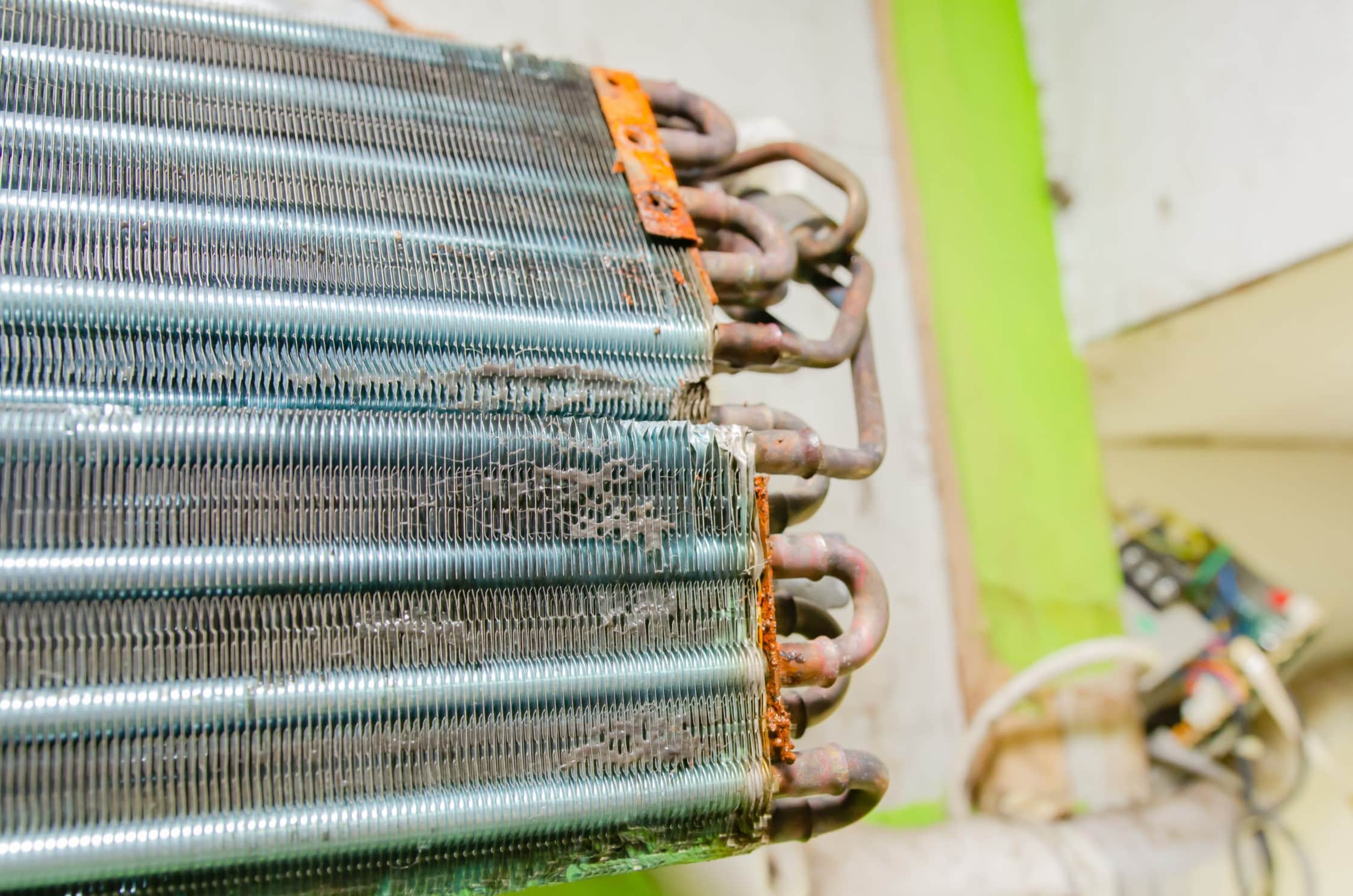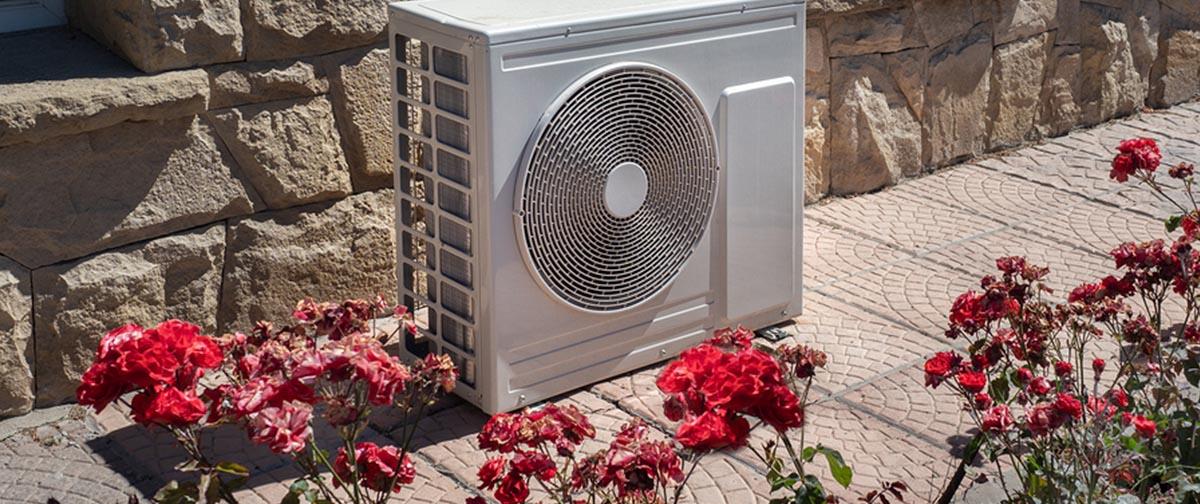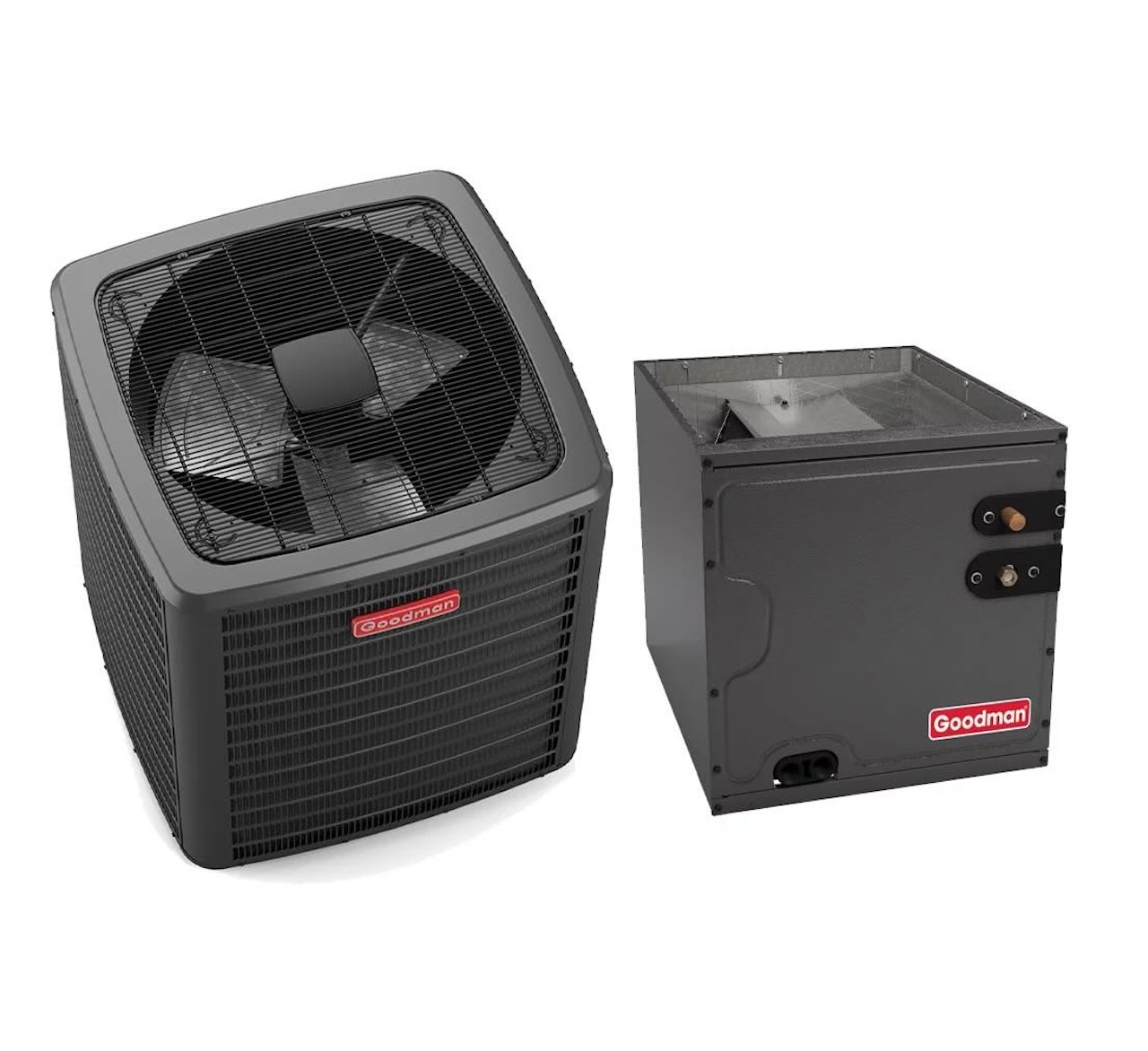Home>Home Maintenance>How Much Is A Fan Motor For An Air Conditioner
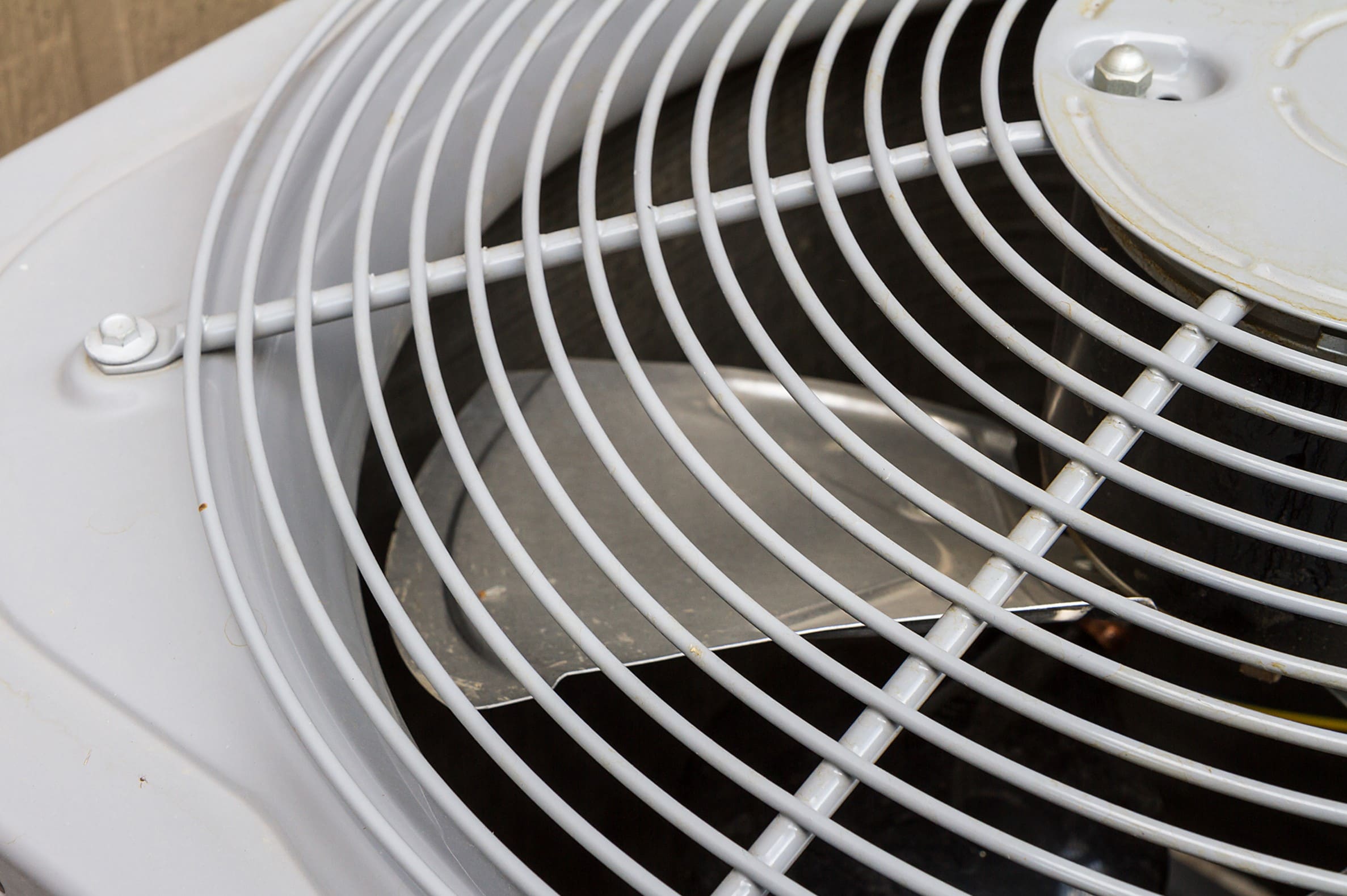

Home Maintenance
How Much Is A Fan Motor For An Air Conditioner
Modified: March 7, 2024
Looking for a fan motor for your air conditioner? Find out how much it costs and get expert tips on home maintenance for your AC unit.
(Many of the links in this article redirect to a specific reviewed product. Your purchase of these products through affiliate links helps to generate commission for Storables.com, at no extra cost. Learn more)
Introduction
Welcome to our comprehensive guide on the cost and importance of a fan motor for an air conditioner. The fan motor is a crucial component that plays a vital role in the efficient functioning of your air conditioning system. Understanding the importance of the fan motor and knowing how to maintain and replace it can save you from discomfort and potentially expensive repairs. In this article, we will delve into the significance of the fan motor, factors that affect its cost, average price ranges, considerations for buying a fan motor, signs of a faulty fan motor, and steps to replace it. So, let’s jump right in!
Key Takeaways:
- A fan motor is crucial for your air conditioner’s performance, ensuring proper cooling and preventing damage. Factors affecting its cost include type, size, brand, and warranty. Invest in a compatible, high-quality motor for long-term efficiency.
- Signs of a faulty fan motor include weak airflow, loud noises, and inconsistent cooling. If you notice these signs, seek professional help to prevent further damage to your air conditioning system. Regular maintenance and timely repairs are key to a comfortable indoor environment.
Read more: Where Is The Fan Motor On An Air Conditioner
Importance of a Fan Motor in an Air Conditioner
A fan motor is a critical component of an air conditioning system, responsible for circulating the cool air throughout your home or office. It serves two main purposes: to draw in warm air from the room and expel it outdoors, and to blow the cooled air back into the room. Without a properly functioning fan motor, your air conditioner would be unable to cool your space effectively, leading to discomfort and potential damage to the system.
One of the key functions of the fan motor is to remove heat from the condenser coils. The condenser coils play a vital role in releasing the heat absorbed from the indoor air. If the fan motor is not working efficiently, the condenser coils may not receive enough airflow, leading to reduced heat transfer and diminished cooling capacity.
In addition to heat removal, the fan motor also ensures consistent airflow across the evaporator coils. The evaporator coils are responsible for cooling the air, and without proper airflow, ice may start to form on the coils, hindering the unit’s cooling performance. A faulty fan motor can lead to uneven cooling, increased energy consumption, and increased wear and tear on other components.
Furthermore, a malfunctioning fan motor can cause excessive strain on the compressor, which is the heart of the air conditioning system. The compressor works by compressing the refrigerant and pumping it through the coils to facilitate heat transfer. Without adequate airflow, the compressor can overheat, leading to a decrease in its lifespan and potentially costly repairs.
Overall, a properly functioning fan motor is crucial for maintaining the efficiency and longevity of your air conditioning system. It ensures that cool air is circulated effectively, heat is removed efficiently, and all components work together seamlessly to provide optimal cooling and comfort.
Now that we understand the importance of a fan motor, let’s explore the factors that can affect its cost.
Factors Affecting the Cost of a Fan Motor
When it comes to the cost of a fan motor for an air conditioner, several factors come into play. Understanding these factors will help you make an informed decision when purchasing a new fan motor. Here are the key factors that can affect the cost:
- Type of Fan Motor: There are different types of fan motors available in the market, including standard motors and high-efficiency motors. High-efficiency motors tend to be more expensive due to their advanced technologies and energy-saving features.
- Size and Horsepower: The size and horsepower of the fan motor will have an impact on the cost. Larger units with higher horsepower are generally more expensive than smaller ones.
- Brand: The brand of the fan motor can also influence the cost. Well-known brands with a reputation for quality and durability tend to have higher price tags compared to lesser-known brands.
- Availability: The availability of the fan motor can affect its cost. If a particular model or brand is in high demand or has limited availability, the price may be higher.
- Warranty: The length and coverage of the warranty can impact the cost of a fan motor. Fan motors with longer warranties or comprehensive coverage may be priced higher.
- Installation: If you plan on hiring a professional technician to install the fan motor, the cost of installation will be an additional factor to consider. Installation costs can vary depending on the complexity of the job and the location of the unit.
It’s important to note that while it may be tempting to opt for the cheapest fan motor available, it’s essential to choose a motor that is compatible with your specific air conditioning unit. Investing in a high-quality and reliable fan motor will ensure optimal performance and longevity in the long run.
Now that we have covered the factors that can affect the cost of a fan motor, let’s explore the average price range you can expect to find.
Average Price Range for Fan Motors
The cost of a fan motor for an air conditioner can vary depending on factors such as brand, type, size, and horsepower. While prices may differ, it’s important to have a general idea of the average price range to help you plan your budget. Here is an overview of the average price range for fan motors:
Standard Fan Motors: On average, standard fan motors for air conditioners can range from $100 to $300. These motors are commonly found in most residential air conditioning systems and offer reliable performance at an affordable price.
High-Efficiency Fan Motors: If you’re looking for a more energy-efficient option, high-efficiency fan motors are available in the market. These motors utilize advanced technologies to reduce energy consumption and can cost between $200 and $500. While the upfront cost may be higher, the long-term energy savings can offset the initial investment.
Larger Fan Motors: For commercial or industrial air conditioning systems that require larger fan motors with higher horsepower, the prices can be higher. Larger fan motors can range anywhere from $500 to $1500, depending on the specific requirements and capacity.
It’s worth mentioning that these price ranges are approximate and can vary depending on factors like brand, availability, and installation costs. Additionally, it’s important to consider the quality and reputation of the brand when comparing prices. Opting for a reliable and reputable brand may have a slightly higher price tag but can provide better durability and performance in the long run.
Next, let’s explore some important factors to consider when buying a fan motor for your air conditioner.
When purchasing a fan motor for an air conditioner, make sure to consider the size and type of the motor that is compatible with your specific air conditioning unit. It’s also important to compare prices from different suppliers to ensure you are getting the best deal.
Factors to Consider When Buying a Fan Motor
When it’s time to purchase a new fan motor for your air conditioner, there are several important factors to consider. Making the right choice will ensure that you select a motor that is compatible with your unit and meets your specific needs. Here are some key factors to keep in mind:
- Compatibility: Ensure that the fan motor you choose is compatible with your air conditioning system. Check the specifications and requirements of your unit to ensure a proper fit.
- Type of Motor: Determine whether you need a standard motor or a high-efficiency motor. Consider the energy efficiency ratings and features of each type to determine the best option for your needs.
- Size and Horsepower: Consider the size and horsepower requirements of your air conditioner. Refer to the manufacturer’s guidelines or consult a professional to determine the appropriate size and horsepower for your unit.
- Brand Reputation: Research and select a reputable brand that is known for producing high-quality fan motors. Reading customer reviews and seeking recommendations can help you make an informed decision.
- Energy Efficiency: Look for a fan motor with energy-saving features to help reduce electricity consumption. Energy-efficient motors may have higher upfront costs but can provide long-term savings.
- Warranty: Check the warranty offered by the manufacturer. A longer warranty period and comprehensive coverage can provide peace of mind and protection against potential defects.
- Installation: Consider whether you will install the fan motor yourself or hire a professional technician. If you opt for professional installation, factor in the associated costs when budgeting for the motor.
- Budget: Determine your budget range and compare prices from different vendors. Remember to prioritize quality and functionality over the lowest price.
By considering these factors, you can make an informed decision and choose a fan motor that will work efficiently with your air conditioner, providing optimal cooling and comfort.
Now that we have covered the factors to consider when buying a fan motor, let’s move on to discussing the signs of a faulty fan motor.
Read more: How Much Is an AC Fan Motor
Signs of a Faulty Fan Motor
A fan motor is a crucial component of your air conditioner, responsible for circulating cool air throughout your space. Over time, fan motors can experience wear and tear, leading to potential malfunctions. It’s important to be aware of the signs indicating a faulty fan motor so that you can address the issue promptly. Here are some common signs to watch out for:
- Lack of Airflow: If you notice reduced or weak airflow coming from your air conditioner’s vents, it could be a sign of a faulty fan motor. The motor may not be running at its optimal speed, resulting in inadequate circulation of air.
- Loud Noises: Unusual or loud noises coming from your air conditioning unit, such as grinding, screeching, or rattling sounds, can indicate a problem with the fan motor. These noises could be due to worn-out or damaged fan blades or motor bearings.
- Inconsistent Cooling: If you experience inconsistent cooling in different areas of your space, it may be due to a faulty fan motor. Inadequate airflow can result in uneven distribution of cool air, leaving some areas warmer than others.
- Frequent Cycling: A malfunctioning fan motor can cause your air conditioner to cycle on and off frequently. This can not only disrupt the cooling process but also put additional stress on the system, leading to potential damage and increased energy consumption.
- Overheating: If your air conditioner’s outside unit feels excessively hot to the touch, it could be a sign of a faulty fan motor. Inadequate airflow can cause the motor to overheat, which can lead to a shutdown or even damage other components of the system.
- Unresponsive Fan: If the fan does not turn on at all when your air conditioner is running, it is a clear indication of a faulty fan motor. This can result from motor failure or electrical issues that prevent the motor from receiving power.
If you notice any of these signs, it’s recommended to contact a professional HVAC technician to diagnose and repair the issue. Ignoring a faulty fan motor can lead to further damage to your air conditioning system and potentially higher repair costs.
Now that we have discussed the signs of a faulty fan motor, let’s move on to exploring the steps involved in replacing a fan motor in an air conditioner.
Steps to Replace a Fan Motor in an Air Conditioner
Replacing a fan motor in an air conditioner requires technical knowledge and skills, so it’s often best to leave this task to a qualified HVAC technician. However, understanding the basic steps involved can give you insight into the process. Here are the general steps to replace a fan motor:
- Turn off the Power: Before you begin any work on your air conditioning system, ensure that the power to the unit is turned off. This can be done by switching off the circuit breaker or removing the fuse that supplies electricity to the unit.
- Access the Fan Motor: Locate the fan motor, which is usually housed in the outdoor unit of the air conditioner. Remove any external covers or panels that may be blocking access to the motor.
- Disconnect Wires: Take note of the wiring connections on the fan motor and carefully disconnect the wires. It’s important to remember the proper placement of each wire, so consider taking pictures or labeling them for reference.
- Remove the Fan Blade: Depending on the design, you may need to remove the fan blade from the motor shaft. This can usually be done by loosening the setscrew or nut that secures the blade.
- Detach the Motor: Once the wiring and fan blade are disconnected, remove the bolts or screws that secure the motor to its mounting bracket. Carefully remove the motor from the unit.
- Install the New Motor: Place the new fan motor into the mounting bracket, ensuring that it is properly aligned. Secure the motor with the appropriate bolts or screws.
- Connect Wires: Reconnect the wiring by attaching each wire to the corresponding terminal on the new fan motor. Double-check the connections to ensure they are secure.
- Reinstall the Fan Blade: If you had to remove the fan blade, reattach it to the motor shaft and tighten the setscrew or nut to secure it in place.
- Test the Motor: After completing the installation, restore power to the unit and test the new fan motor. Ensure that it is running smoothly and providing adequate airflow.
- Replace Covers: Once you are satisfied with the operation of the new fan motor, replace any covers or panels that were removed during the process.
Remember, this is a general overview of the steps involved in replacing a fan motor, and the process may vary depending on the specific make and model of your air conditioning unit. It’s always recommended to consult the manufacturer’s instructions or seek professional assistance to ensure a correct and safe replacement.
Now that you are familiar with the steps to replace a fan motor, let’s conclude our guide.
Conclusion
Having a properly functioning fan motor is essential for the optimal performance and efficiency of your air conditioning system. It plays a significant role in circulating cool air, removing heat, and ensuring consistent airflow across the evaporator coils. Understanding the importance of the fan motor and knowing how to maintain and replace it can help you avoid discomfort, costly repairs, and reduced lifespan of your air conditioner.
We discussed the factors that can affect the cost of a fan motor, including the type of motor, size, brand, availability, warranty, and installation. While prices can vary, it’s important to prioritize quality and compatibility over the lowest price.
Additionally, we explored the signs of a faulty fan motor, such as inadequate airflow, loud noises, inconsistent cooling, frequent cycling, overheating, and an unresponsive fan. Recognizing these signs can prompt you to seek professional assistance and prevent further damage to your air conditioning system.
In the event that a fan motor replacement becomes necessary, we outlined the general steps involved in the process. However, it’s important to note that replacing a fan motor is a task best left to qualified HVAC technicians who have the expertise and knowledge to handle the job safely and correctly.
By understanding the significance of a fan motor, being aware of the signs of a faulty motor, and knowing how to handle its replacement, you can ensure the longevity and efficiency of your air conditioning system. Regular maintenance and timely repairs can help you enjoy a comfortable and cool indoor environment throughout the year.
Remember, if you are unsure about any aspect of the fan motor replacement or if you encounter any issues with your air conditioning system, don’t hesitate to seek professional help from certified HVAC technicians.
Frequently Asked Questions about How Much Is A Fan Motor For An Air Conditioner
Was this page helpful?
At Storables.com, we guarantee accurate and reliable information. Our content, validated by Expert Board Contributors, is crafted following stringent Editorial Policies. We're committed to providing you with well-researched, expert-backed insights for all your informational needs.
